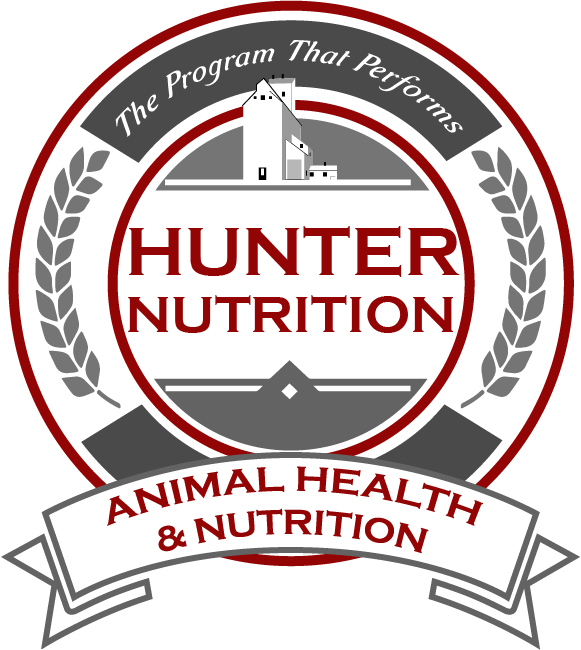
Timing, rotation of dewormers, and product selection contribute to the frequency and effectiveness of your deworming program. Internal parasites (worms) are spread to stock thru fecal contamination of pastures. The parasite eggs are picked up by grazing sheep.
The old idea of changing de-wormers every time you deworm creates parasite resistance to dewormers. Under dosing also creates resistance.
In terms of dewormer rotation: Use a long rotation such as one year on levamisole (tramisol) and one year on ivermectin (ivomec). Only add the use of either albendazole (valbazen) or fenbendazole (safeguard) if you have tapeworms. The ewe flock should be able to get by with three dewormings annually. Lambs reared on pasture might need monthly dewormings; while confined lambs will need just one or two dewormings.
Timing of Deworming:Timing is everything in an effective worming program. Traditionally it is suggested that the ewe flock be dewormed twice a year; prior to spring turn out and again in the fall. Whenever possible deworm the ewes and then hold them in drylot overnight. Right after deworming, ewes will pass the parasite worm eggs thru their fecal material. Holding the ewes off pasture at this time prevents its infection with parasite eggs.
For a bit more control we recommend giving the ewe flock two dewormings early in the grazing season. If you deworm early you reduce parasite population increases on the pasture. In late spring deworm the ewe flock prior to turn out onto pasture and then again two to four weeks later. Traditionally producers wait until summer or fall for that second deworming. By then the pastures have an actively growing population of parasites. The two early deworming’s keep the pasture parasite load at a lower level. This lets producers wait until fall for the third deworming of the ewe flock.
Another good time to deworm the ewe flock is in fall at breeding or when you get ready to bring the ewes in. Deworming late in the fall aids flock parasite control two ways. (1) Internal parasites have a sort of hibernation stage at that time– ivermectin and levamisole effectively control this stage. (2) Deworming prior to lambing cleans up the ewe; thus reducing lamb infection.
Deworming for Tapeworms:The only internal parasite of sheep that you will see in the stool is segments of the tapeworm. I would only recommend deworming for tapeworms if you see or know you have a problem. If you do not have tapeworms– don’t treat for them. Typically tapeworm’s are the worst in late spring and summer. The tapeworm does not suck blood like stomach worms. However they can wreak havoc with thriftiness and feed conversion; espically in lambs. Results vary flock to flock as to which dewormer works best to control tapeworms. There are only two product choices which will get tapeworms; fenbendazole and albendazole, both white drenches. Do not use albendazole (valbazen) on pregnant ewes. When using fenbendazole use the higher dose of 5ml/109 lb body weight to control tapeworms. My personal experience is that fenbendazole works better than albendazole (valbazen). Most years one treatment for tapeworms cleans them up. Sometimes a follow up deworming will be needed 2 to 4 weeks later.
Deworming for Stomach and Intestinal Worms:The clear drenches ivermectin and levamisole are by far the most effective in controlling stomach and intestinal worms. Stomach worms such as haemonchus contortus are blood suckers and cause anemia in sheep.
Fecal Samples:I recommend annual fecal samples to check your progress in control. Take samplings to your local vet for ‘egg counts’. A good time to do this is about two weeks post deworming in the summer.
Control of Nasal Bots in Sheep:Nose bots are controlled with the use of ivermectin.
Lungworms in Sheep:Levamisole (tramisol/prohibit) and ivermectin (ivomec/privermectin) control lungworms.
Form of Parasite Control:There are several forms of anthelmintic’s (dewormers) such as injection, drench, bolus, paste, and feedgrade. I recommend oral drenches over all other methods. Drenching can be very fast at 60 head or more per hour with a handling system. Drenches also tend to be the most cost effective and offer excellent control. Bolus and paste versions of dewormers are more expensive; but offer advantages to smaller producers who desire to buy smaller quantities than are generally available when buying drenches. Injection is more labor intensive than drenches. Injection with the resulting skin puncture also offers an opportunity for infection from caseous or OPP. So if you have risk with these afflictions do not use injectable dewormers. Feed grade dewormers have a limited selection of products. They are also expensive and not very effective. The lack of effectiveness from their use is due to variances in feed consumption among individuals.
Go Back to Articles